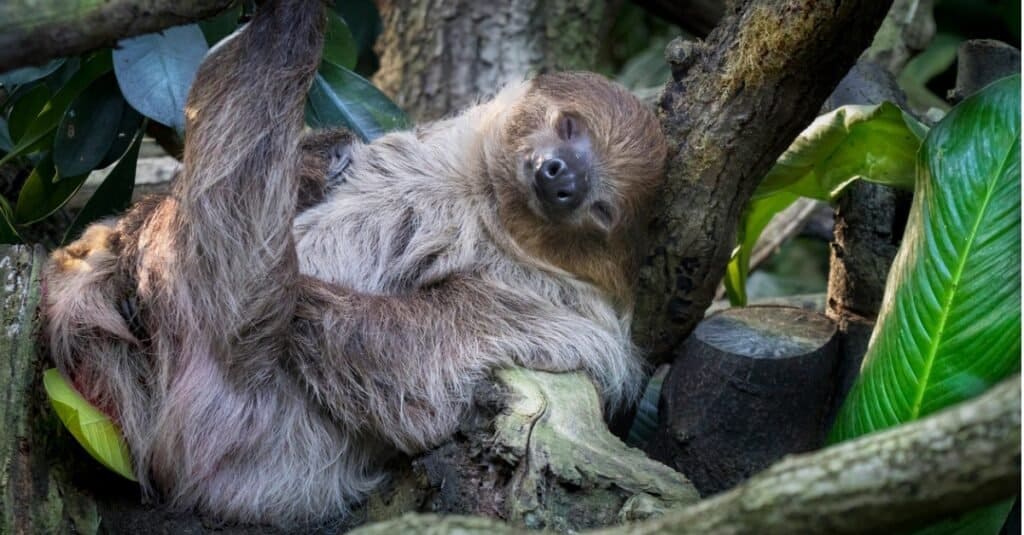What is the Weakest Animal in the World? A Comprehensive Exploration
In the diverse animal kingdom, where strength and power often prevail, there are some creatures that stand out for their astonishing lack of physical prowess. This article delves into the topic of the weakest animal in the world, shedding light on fascinating creatures that defy traditional notions of strength and survival. From diminutive organisms to creatures with peculiar adaptations, we will uncover the fascinating stories of these animals.

The Water Bear
1. The Tiny Yet Mighty: The Water Bear
- Size: Less than 1 mm in length
- Adaptations: Tardigrades, commonly known as water bears, possess remarkable survival abilities. They can survive extreme temperatures, high radiation levels, and even the vacuum of outer space.
- Weaknesses: Despite their extraordinary resilience, water bears lack physical strength and are unable to defend themselves against most predators.
2. The Gentle Giant: The Sloth
- Size: Varies across species, ranging from 21 to 74 cm in length
- Adaptations: Sloths have evolved to conserve energy, spending the majority of their lives hanging upside down from trees. Their slow movements and algae-covered fur provide camouflage.
- Weaknesses: Due to their slow nature, sloths are highly vulnerable to predators. Their muscle structure is adapted for climbing rather than running, leaving them defenseless on the ground.

Weakest Mammal: Sloths
3. Fragile Beauties: Glass Frogs
- Size: 2 to 7.5 cm in length
- Adaptations: Glass frogs have translucent skin, allowing their organs to be partially visible. This unique feature helps them evade predators by blending into their surroundings.
- Weaknesses: Their delicate bodies make them highly susceptible to environmental changes, pollution, and habitat destruction.
4. Nature's Masters of Disguise: Leaf Insects
- Size: Ranging from 1 to 14 cm in length
- Adaptations: Leaf insects have evolved to resemble leaves, with their bodies mimicking the shape, color, and even the veins of leaves. This camouflage helps them evade predators.
- Weaknesses: Despite their remarkable camouflage, leaf insects are defenseless when discovered. Their weak limbs make them unable to fight back.
5. The Invisible Demons: Axolotls
- Size: Typically around 23 cm in length
- Adaptations: Axolotls possess remarkable regenerative abilities, capable of regrowing limbs, organs, and even parts of their spinal cord. They also have the ability to regenerate their own heart tissue.
- Weaknesses: Axolotls have poor eyesight and are easily preyed upon by birds, fish, and larger amphibians.
While strength and power dominate the animal kingdom, it is intriguing to explore the weaker side of nature. The water bear, sloth, glass frog, leaf insect, and axolotl demonstrate that weakness can manifest in various forms. These unique creatures have adapted to survive through camouflage, resilience, and regenerative abilities rather than physical strength. By understanding the weaknesses of these animals, we gain a deeper appreciation for the vast array of strategies employed by nature's creations.